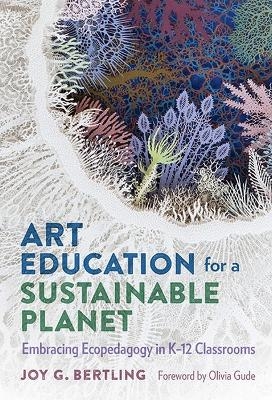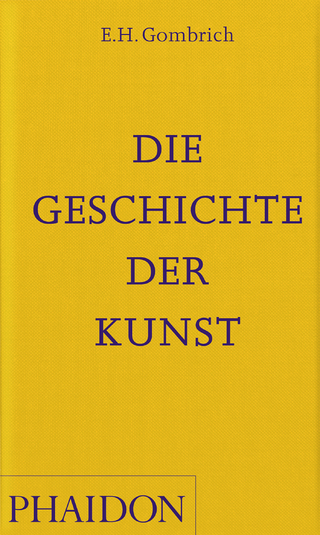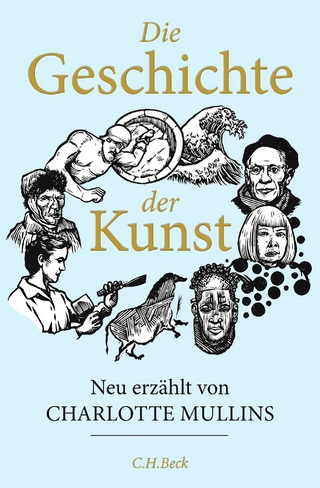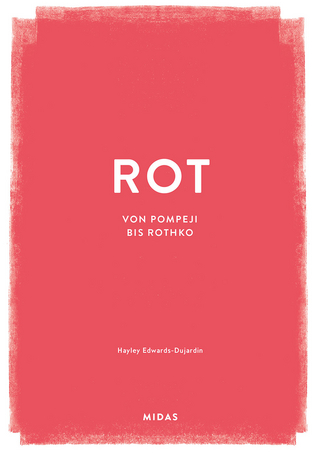
Art Education for a Sustainable Planet
Teachers' College Press (Verlag)
978-0-8077-6770-2 (ISBN)
Explore how art education can contribute to a more just and sustainable planet. Making the case that ecopedagogy and eco-art can transform and enrich art education, Bertling introduces these two burgeoning movements and then outlines how they can be infused into K–12 art education. Seven innovative curricular strands are presented to help art teachers embrace natural cycles and processes, envision alternative states and ways of being, restore ecosystems, and empower communities. These strands weave together specific contemporary eco-artworks, cultural and environmental philosophies, and art education methods. Reflective questions, innovative curriculum frameworks, and other resources are provided to support teachers in enacting these inspiring curricular ideas for better social and ecological futures. Curricular themes include attentiveness, relationality, co-creation, consumption, progress, cultural desire, identity stories, restoration, and coalitions. This accessible, full-color text is the first of its kind to provide practical guidance and concrete strategies for educators interested in enacting ecological art instruction.
Book Features:
A foundational resource for using art education to foster environmental health and ecological integrity.
Guidance for developing art curriculum to meet different ecopedagogical goals.
Many color images of contemporary eco-artworks.
Curriculum framework tables and reflective questions at the end of each chapter.
A comprehensive glossary and list of contemporary eco-artists and their websites.
Joy G. Bertling is an assistant professor and team leader of art education at the University of Tennessee. She currently serves as founding chair of the National Art Education Association’s Ecology and Environment Special Interest Group and chair of the American Educational Research Association’s Arts and Learning Special Interest Group.
Contents
Foreword Olivia Gude ix
Acknowledgments xiii
Introduction 1
Part I: Foundations for Art Education as Ecopedagogy 7
1. Ecopedagogy 9
Educational Traditions 10
Cultural and Philosophical Influences 14
Conclusion 19
Questions for Educator Reflection 20
2. Ecological Art 21
Eco-Art in Recent History 21
Issues Surrounding Eco-Art 24
Conclusion 28
Questions for Educator Reflection 28
3. Contemporary Art Education 29
Current Art Education Movements 30
Ecopedagogy as Art Education 35
Questions for Educator Reflection 35
Part II. Contemporary Art and Ecopedagogical Curriculum and Methods 37
4. Cultivating Relations and Fostering Empathetic Encounters 41
Being Present 42
Emphasizing Relationality 46
Conclusion 52
Questions for Educator Reflection 52
5. Embracing Natural Cycles and Processes 53
Redefining Beauty 54
Co-Creating With Agents of Decomposition 61
Culturally Acknowledging Mortality 64
Conclusion 70
Questions for Educator Reflection 70
6. Collecting and Visualizing Data for Awareness 72
Visualizing the Present 73
Visualizing Our Future 79
Conclusion 85
Questions for Educator Reflection 85
7. Confronting Capitalocene Violence 86
Exposing Cultural Dreams and Desires 87
Rewriting Identity Stories 92
Demanding Accountability 96
Conclusion 99
Questions for Educator Reflection 99
8. Envisioning Alternate States and Ways of Being 100
With Jonathan Purtill
Envisioning the Future of Human and Nonhuman Nature Relations 101
Envisaging the Posthuman 108
Conclusion 113
Questions for Educator Reflection 113
9. Greening the School and Revitalizing School Culture 114
With Lauren Farkas
Placemaking in Indoor Spaces 117
Placemaking in Outdoor Spaces 120
Conclusion 125
Questions for Educator Reflection 126
10. Restoring Ecosystems and Empowering Communities 127
Restoring Species and Ecosystem Processes 128
Establishing Coalitions and Multispecies Assemblages 133
Conclusion 138
Questions for Educator Reflection 139
Conclusion 140
Appendix A. Artists and Their Websites 145
Appendix B. Inclusion of Nature in Self Scale 149
Appendix C. Environmental Identity Scale 150
Glossary of Terms 151
References 155
Author Index 182
Subject Index 188
About the Author and Contributors 194
| Erscheinungsdatum | 08.06.2023 |
|---|---|
| Vorwort | Olivia Gude |
| Verlagsort | New York |
| Sprache | englisch |
| Maße | 156 x 229 mm |
| Gewicht | 295 g |
| Themenwelt | Kunst / Musik / Theater ► Kunstgeschichte / Kunststile |
| Sozialwissenschaften ► Pädagogik | |
| ISBN-10 | 0-8077-6770-0 / 0807767700 |
| ISBN-13 | 978-0-8077-6770-2 / 9780807767702 |
| Zustand | Neuware |
| Informationen gemäß Produktsicherheitsverordnung (GPSR) | |
| Haben Sie eine Frage zum Produkt? |
aus dem Bereich


